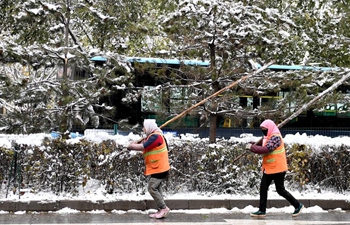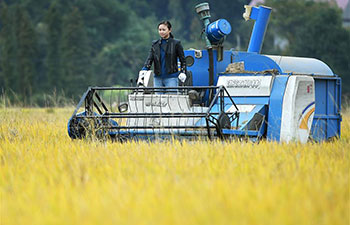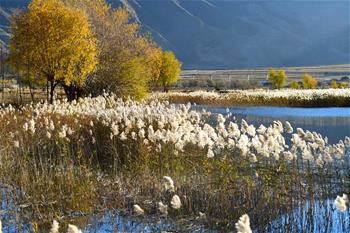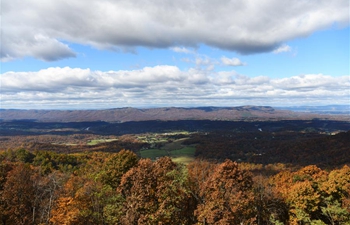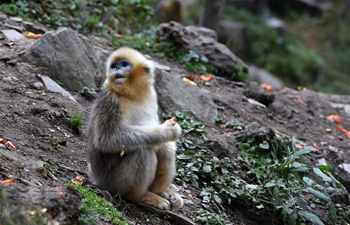WASHINGTON, Nov. 5 (Xinhua) -- An international team of researchers provided evidence that dairying arrived in Mongolia as early as 1300 BC via cultural transmission instead of population replacement or migration.
The study published on Monday in the journal Proceedings of the National Academy of Sciences revealed the origins of pastoralism in East Asian steppe, starting more than 2,000 years before Ghengis Khan, who founded the first Mongolian Empire in early 13th century.
The researchers led by the Max Planck Institute for the Science of Human History found that cattle, sheep and goats that were milked then were not native to the region, but likely introduced by Western Steppe herders. However, ancient DNA evidence from Bronze Age Mongolians indicated minimal genetic contributions from those western herders.
The findings suggested that livestock and dairying technologies were transferred by cultural processes rather than a major population migration.
Researchers analyzed human remains from six sites in northern Mongolia associated with the Deer Stone-Khirigsuur Complex, the earliest culture associated archaeologically with pastoralism in Mongolia.
They conducted genome-wide analyses on 22 Bronze Age individuals, whose remains were radiocarbon dated to 1300 to 900 BC.
The results showed that these Bronze Age Mongolians were genetically distinct from Western steppe herders of the same time period.
The researchers also analyzed the dental calculus of nine individuals. Milk proteins were found in the calculus of seven individuals, confirming that dairy products were consumed as early as 1300 BC.
Both whey and curd proteins were recovered, and could be identified as coming from sheep, goats and cattle, according to the study.
Specifically, they found that none of the individuals was genetically capable of digesting the milk sugar lactose.
By comparison, most Mongolians today are also not lactase-persistent, despite consuming a large proportion of their diet as dairy products.
"The 3,000-year legacy of dairy pastoralism in Mongolia poses challenging questions to grand narratives of human adaptation and natural selection," said the paper's senior author Christina Warinner from the Max Planck Institute for the Science of Human History.
"As a non-lactase persistent dairying society with a rich prehistory, Mongolia can serve as a model for understanding how other adaptations, such as cultural practices or microbiome alterations, may be involved in enabling and maintaining dairy-based cuisines around the world," said Warinner.




